Teaching measurement to a kindergarten class is hard!!! I think it's one of the most challenging units, mainly because there's so much to measurement (length, height, weight, temperature, capacity) and some concepts (such as where to start measuring and where to end!) can be difficult for students to fully understand.
I created my Measurement in Kindergarten unit keeping these things in mind. All of the activities are hands-on and have students learning through play.
When I start planning for this unit, I think about breaking it up into different sections. I take the first week and focus on length and height.
DAY 1
I start by writing each student's name on grid paper. I hand them out to the students and tell them that we will be finding out who has the longest name and who has the shortest name. They are usually really good at quickly figuring this out but we arrange the names on the carpet for all to see. I show them how we can line them up properly so it's easier to compare!
Then we have a discussion about what measurement means and I show them the "Measurement" poster and we discuss the different ways we can measure things (i.e., length, height, capacity, temperature, weight). The poster has lots of graphics on it so I use those to explain the new words.
I place a variety of non-standard measuring tools in baskets (i.e., Unifix cubes, linking chains, bear counters, Popsicle sticks, etc.) and we discuss the "Length/Height" poster.
Students always love this poster because they quickly ask to measure a friend or even themselves!
I have a couple of objects in front of me (i.e., a book) and show students how I can use my hands to show where to start and stop measuring! They quickly catch on to using their hands to guide them!
Then we discuss other rules: choosing only one measuring tool, staying in a straight line, and leaving no spaces. I let them come up and show the class each rule. We co-create a "rules" poster and leave it up all week.
DAY 2
The next day we start by reviewing our "rules" poster.
I set up a variety of small plastic animals in a basket along with my non-standard measuring tools I introduced yesterday. I choose an animal and, using the 4 rules, show students how we can measure them!
As a follow up, I sit with a small group of students and we use the Unifix cubes strips to practice measuring animals. This is a great activity when you are first getting started with measurement as I've realized the students aren't very familiar with how the rules actually work! HA!
So I made the animal cards have start and ending lines and the Unifix cube strips fit exactly so that they can easily find the answer.
I also like this activity to help students that may find the above activity a bit challenging. Everything is measured for them, but students must count how many objects tall or long it is.
DAY 3
The next day I introduce the concept of how long something is in more detail. We review the rules poster and then discuss how some things are shorter and others are longer. I pre-cut strips of paper in various lengths (they are 'snakes') and hand them out to each student. We arrange them from shortest to longest. It's very similar to the name activity but it's much more challenging as the lengths are much different and some may even be the same!
We also measure our feet! I have students take off their shoe and we trace around it. They show me where to start and stop measuring with their hands and I draw lines on their paper to help them. They choose a non-standard measuring tool and measure their foot!
DAY 4
This is a cute video of Sid the Science Kid to show the students that helps explain measurement!
I have a basket of crayons of various sizes (they are just crayons I collect from the baskets around the room!). I call a student to come to the front of the class and choose 3 crayons without looking. That student has to put them in order from shortest to longest. We play this simple game again and again!
Students get to walk around the room and find objects to measure! I guide them with this worksheet - and print different ones so they aren't all using the same non-standard measurement too. So some worksheets may have them measuring with Unifix cubes, others with linking chains, etc.
DAY 5 (picture coming soon!)
We discuss the idea of height and I introduce this by choosing 2 students to come to the front and stand back to back. We talk about who is taller and who is shorter. I also explain that to measure each other using a non-standard measuring tool, it's often difficult to do so when the person is standing (I demonstrate this using linking chains). So I show them how we can lie down and use the tools to measure.
Then I partner students up and have them practice showing where to start and end measuring each other.
I give them a "Find It!" worksheet and ask them to search the room, finding objects that are shorter and longer than themselves and draw it on their paper.
MATH CENTRE
At my Math Centre, I leave out a variety of non-standard measuring tools in baskets for students to explore.
I also encourage students to measure each other using apples! Yes, I pre-cut a basket full of clip art apples and they get such a kick out of using these!
You can find all of these activities (and lesson plans, games and centres for Capacity, Weight, and Temperature) in my Measurement in Kindergarten pack on TpT.
Here are my plans for teaching length and height for the week.
You can download these lesson plans for FREE by clicking below.




















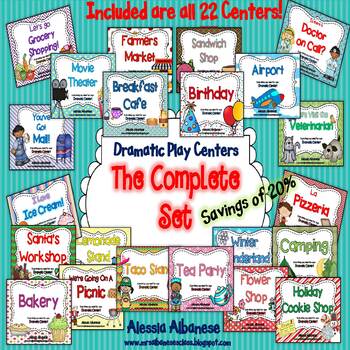
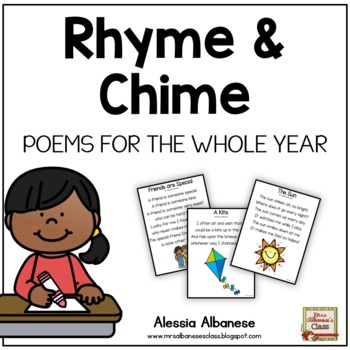
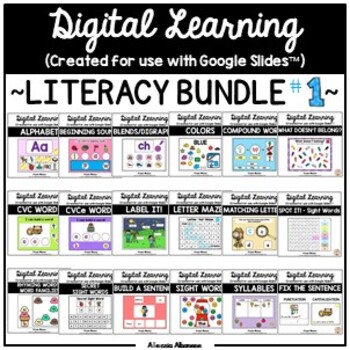
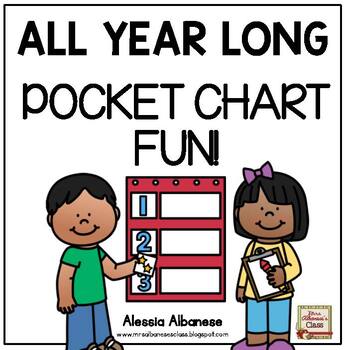

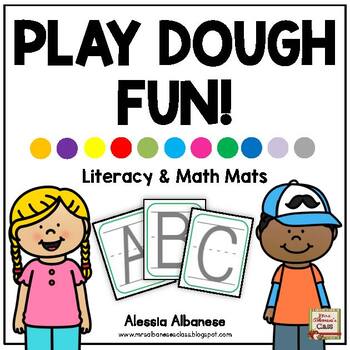

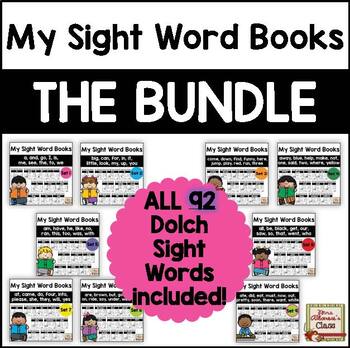

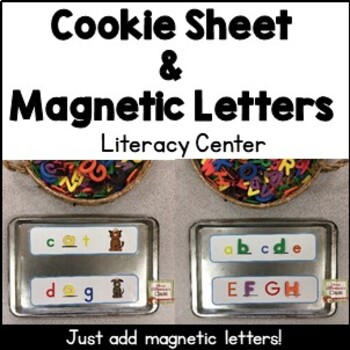

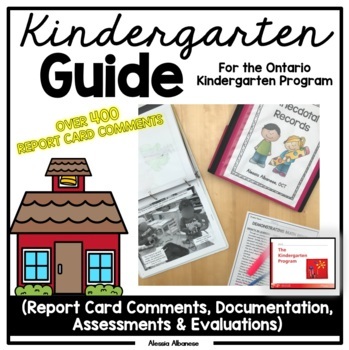




No comments
Thank you for visiting my site today. I love to hear comments and questions. If you read something that you want me to discuss with you via email, you can use the comment form at the top of my page.